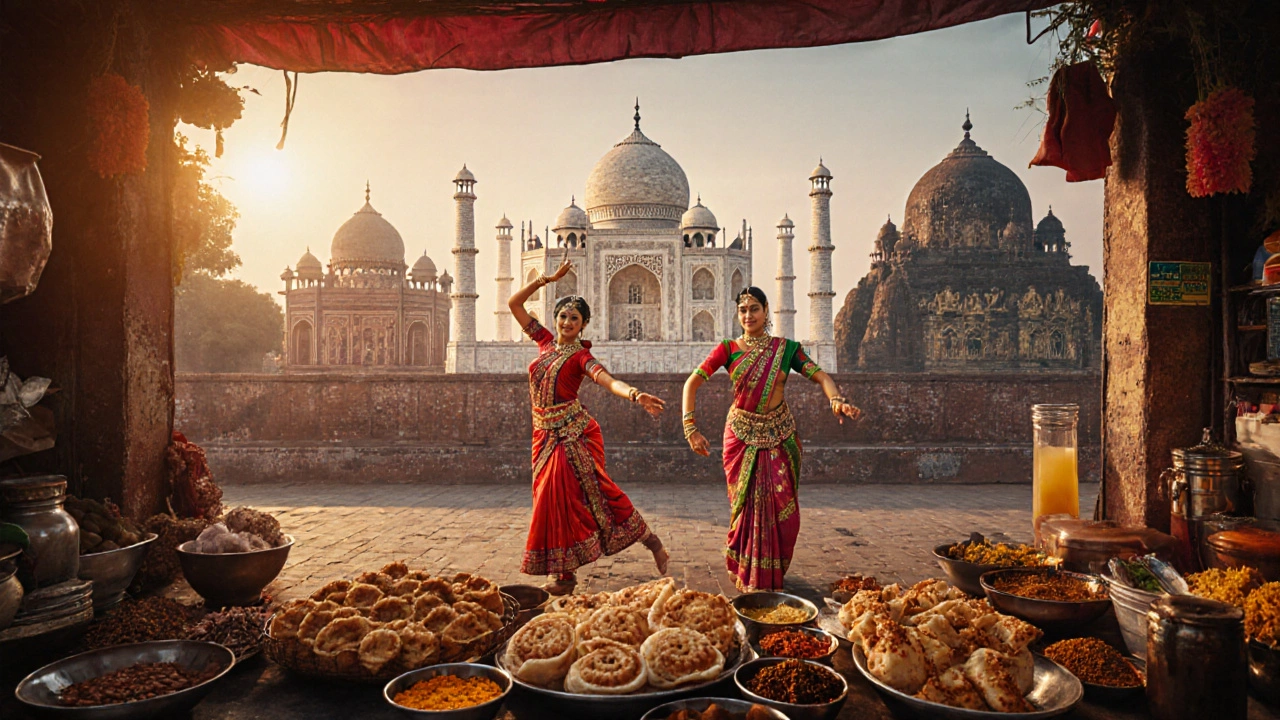SEARCH
Indian Heritage Sites: A Journey Through History and Nature
When talking about Indian heritage sites, places officially recognized for their cultural, historical, or natural significance across India. Also known as heritage landmarks, they attract travelers, scholars, and conservationists alike. Below we’ll break down why these locations matter and how they link together.
UNESCO World Heritage Sites, sites in India that have earned global recognition for outstanding universal value. They span ancient monuments like the Taj Mahal to natural wonders like the Western Ghats. Recognition brings stricter protection rules and often boosts tourism, creating both opportunities and challenges for local communities.
Natural Heritage Sites, areas celebrated for unique ecosystems, biodiversity hotspots, and geological features. Examples include Sundarbans mangroves and the Valley of Flowers. These sites demand careful management to balance ecological integrity with visitor access, and they often serve as living laboratories for scientists.
Heritage Cities, urban centers that preserve historic architecture, cultural traditions, and archaeological layers. Cities like Jaipur, Varanasi, and Mysore showcase living heritage where modern life meets centuries‑old streetscapes. Their status encourages restoration projects and cultural festivals that keep traditions alive.
Understanding Indian heritage sites means seeing how preservation, tourism, and community pride intersect. Government bodies set policies, while NGOs often fill gaps with grassroots conservation. When a site gains UNESCO status, funding streams open, but increased foot traffic can also strain fragile environments. Smart planning aims to protect the site’s core values while allowing visitors to experience its story.
For travelers, the key is respectful exploration. Book guided tours that prioritize local guides, follow posted pathways, and avoid littering. Many sites have visitor centers offering context—take advantage of them to learn the history before you wander. Early‑morning visits help beat crowds and give you better photo light, especially at marble monuments that sparkle in sunrise.
India’s heritage isn’t confined to a single region. In the north, the Himalaya foothills host hill forts and Buddhist monasteries; the south boasts Dravidian temples and back‑water villages; the east features tribal art sites and ancient Buddhist stupas; the west offers desert forts and coastal rock art. This geographic spread means each trip can focus on a different flavor of heritage.
The articles below dive deeper into specific themes: we’ll compare the seven natural heritage sites, rank UNESCO cities, and give practical tips for island getaways that complement heritage travel. Whether you’re after a beach break after a temple tour or a trek to a mountain monastery, our guides link the dots between nature, culture, and adventure.
Ready to explore the full list? Scroll down to find detailed posts on each site, travel hacks, budgeting advice, and insider stories that will help you plan a memorable journey through India’s treasured heritage landscape.

India’s Cultural Heritage Explained: Sites, Traditions & History
Explore India's cultural heritage-from UNESCO monuments and vibrant festivals to living traditions like yoga and cuisine. Learn how to experience and protect this rich legacy.
Continue reading